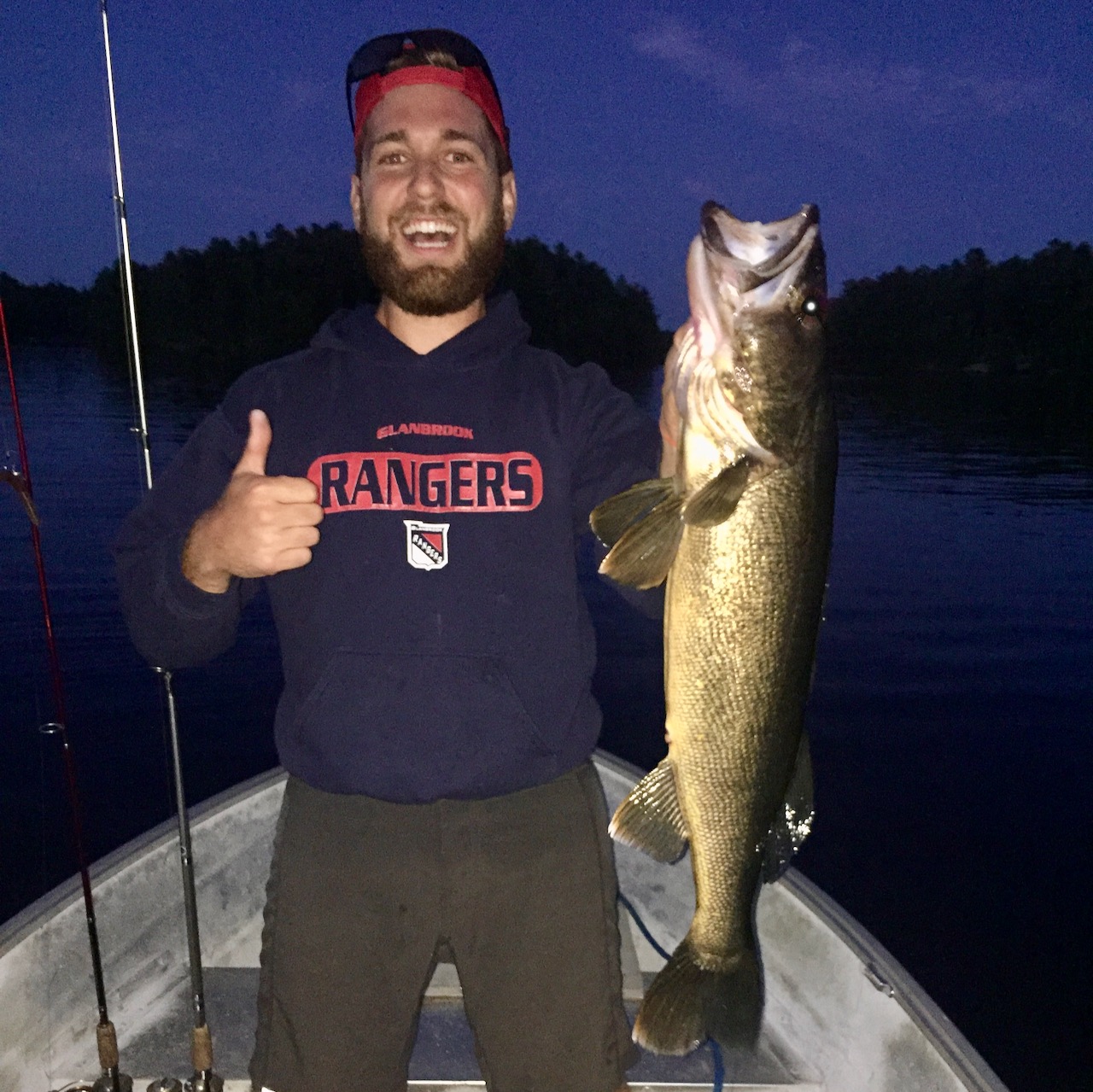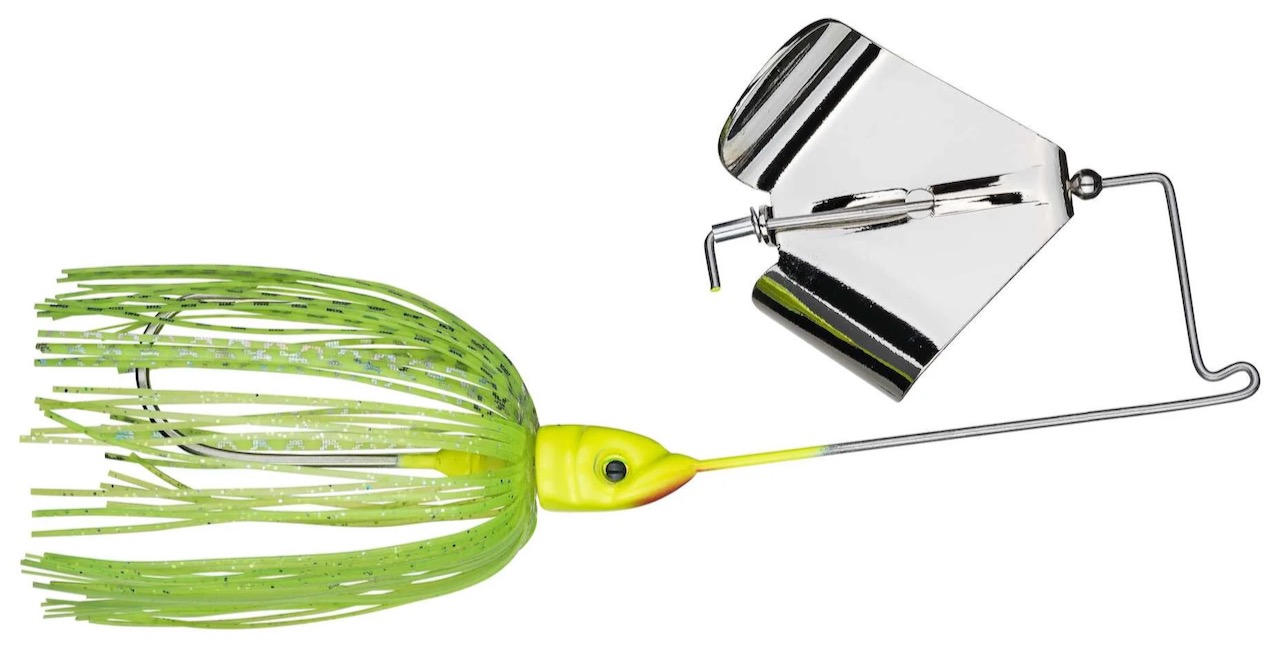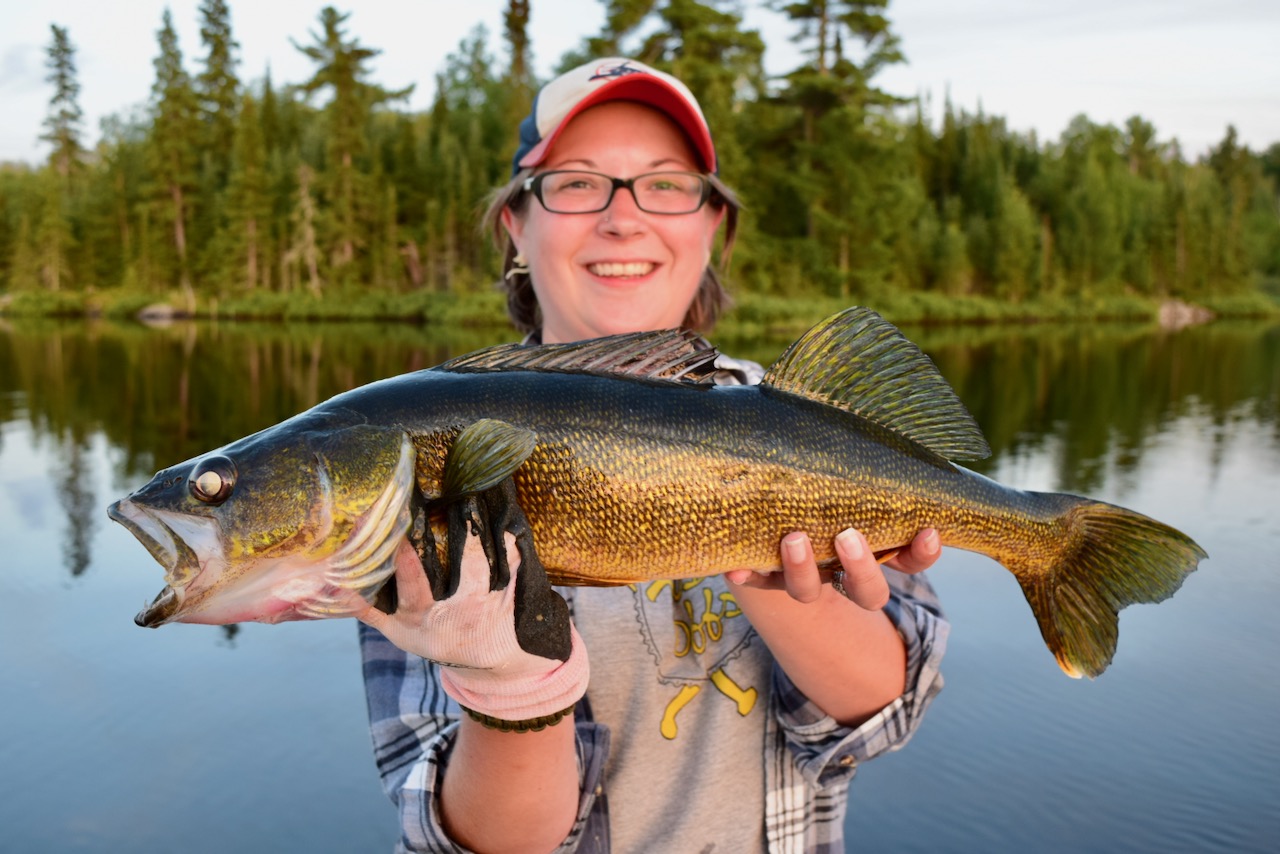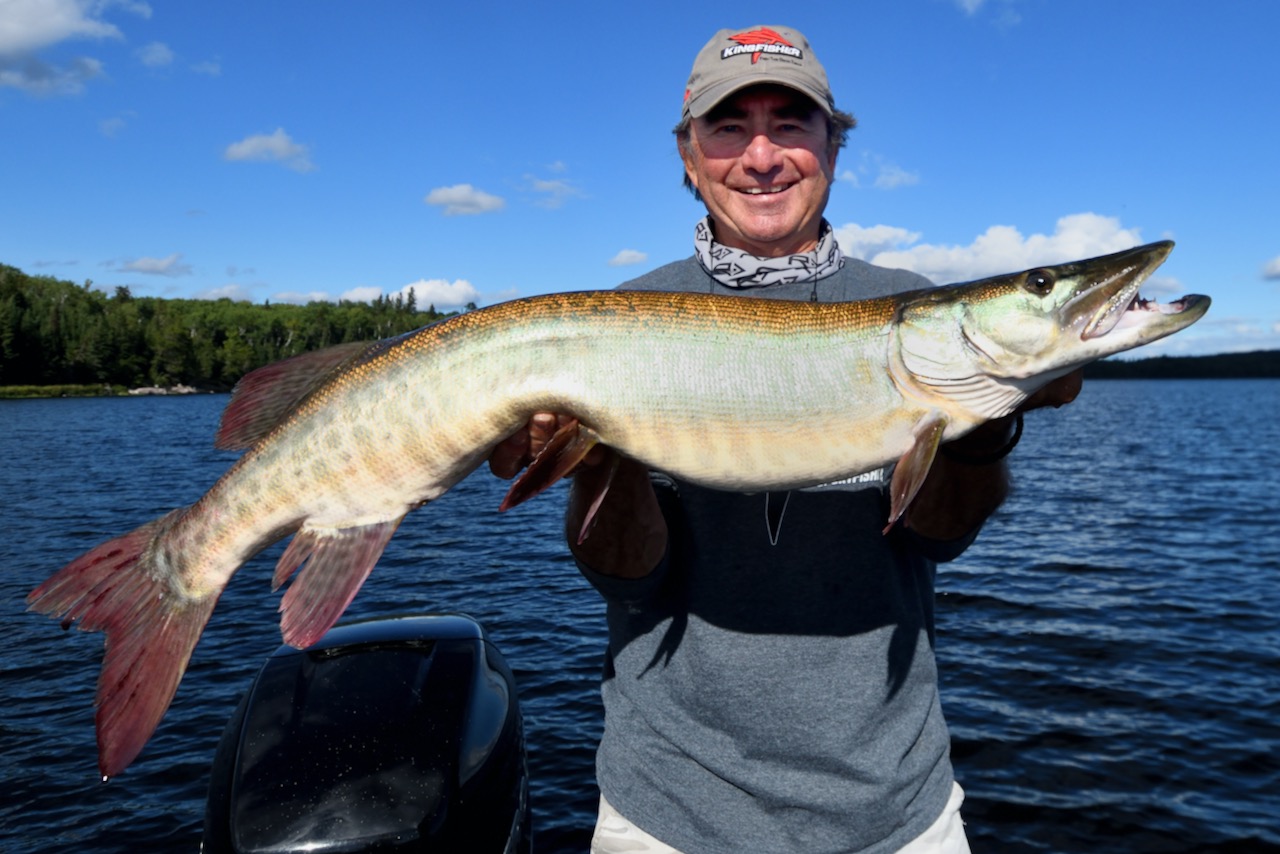FISHING SECRETS
50 tried-and-true techniques for guaranteed catches
Advertisement

#41 I love fishing at night, but instead of the fast, erratic retrieves I might use during the day, I switch to a slightly larger, noisier, slower, quivering presentation that fish can easily find in the dark—and pounce on.
#42 Every structure has a sweet spot that concentrates the fish. Before I leave a productive location, I troll over top of it with my electric motor, scanning it with down- and side-imaging and an underwater camera to find the main attraction. Then I drop a waypoint for the next time.
Advertisement
#43 Fallen trees offer fantastic bass, muskie, pike and crappie cover, with the very best being near the deepest water. I pick trees apart carefully, casting first to the outside edges before working my way to the centre, under the trunk and thickest branches.

#44 Buzzbaits are a bass and muskie delicacy, but don’t fish them too fast. The best speed is as slow as you can wind and still keep them on the surface. I remove one-quarter of the skirt strands to make them ride deeper, and I always add a stinger.
#45 If you’re fishing with leadcore line, attach an eight-foot, 14-pound, non-stretch gel-spun leader and watch what happens. Your rod tip will relay every subtle nuance, making fish strikes unmistakable.
Advertisement
#46 Many anglers have difficulty landing aggressive fish that wallop reaction lures such as crankbaits, spinnerbaits and topwaters. The solution? Don’t set the hook immediately. Instead, keep reeling when you feel a fish and let your rod load, then set the hook.

#47 To catch the most overlooked walleye during summer, don’t turn around when you hit the edge of an underwater structure. Instead, keep trolling out into open water where you’ll find big walleye suspended—at the same depth—100 metres away.
Advertisement
#48 Look for largemouth bass where the water is muddy, stained or choked with algae. The dingy conditions make the fish feel secure and positions them in shallow cover, putting the odds in your favour.
#49 I learned from Keith Jones, the inventor of PowerBait, that when we think bass are missing our surface baits, they are actually tasting them to determine if they’re food. That’s why I always apply scent to my topwaters.
#50 Finesse fishing works because it presents your lure in a way that fish recognize as food—not because it hides your line from finicky fish. Try the same presentation using light and heavy line and watch the difference. A drop-shot rig on six-pound line looks alive, but 10-pound line makes it look like a stick.

